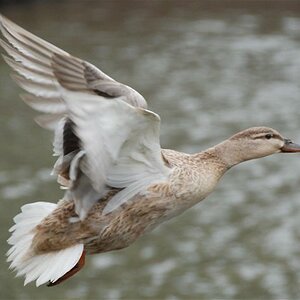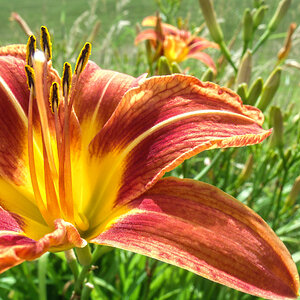Marc32
TPF Noob!
- Joined
- Jul 24, 2011
- Messages
- 70
- Reaction score
- 2
- Location
- NH
- Can others edit my Photos
- Photos OK to edit
I know I'm probably going to get ripped to shreads for even thinking of comparing a bridge camera to a DSLR, but believe it or not, I did just that and was really surprised by the results. I have a Panasonic FZ150, and while I think it is an excellent camera, I've always been of the popular choice that a DSLR with the right lens would outperform the Panasonic any day. I had a friend with a D90 and a NIkon 18-200mm lens and a Sigma 105mm macro and he took a series of shots then compared them to the same shot from the FZ150 with the settings as close to matching as possible. No post production, raw tricks, nothing but straight out of the camera, side by side comaprison. Indoor closeups, and outdoors at different focal lengths were the test shots of the day.
It was crystal clear that the FZ150 outperformed the 18-200 all around. The colors were more accurate, better saturated, and sharper. It was just flat out a better series of pictures. I attributed that to 'maybe it's just a cheap lens'. Surely the expensive Sigma 105 macro would do better. Again, I was stunned. The Sigma lens was way darker than any of the images taken from the FZ150. Sharpness was as close to equal as I could see, I even zoomed in to 150% to take a closer look. Not a lot of difference, and in fact, if I didn't know which picture was taken with which camera, I might even give the edge to the FZ150 for being brighter and better lit. The only advantage to the Sigma was the DoF was quite a bit better.
I did some research to see what others were doing with the FZ150 and found a lot of people saying the same thing. "I reach for the FZ150 most of the time now, it's lighter, more compact, fewer lenses to lug around, and 90% of the time, every bit as good as a DSLR. Only in specific situations will I reach back to my DSLR and lens" I'm always curious and interested in moving forward, learning more, and trying to get the best I can out of my images within the budget I have. I'm not a pro, just a serious enthusiast. So, how far do I really have to go in the DSLR world to get a noticeable improvement? If a D5100 with a 16-85mm lens (or Canon T3i with 15-85) won't make a serious dent anywhere except low light shooting, what kind of camera and lens setup do I have to look into? Is it just the features of a DSLR in these bodies that will give me the advantage of ease of use, but nothing much in terms of final image quality? What's the next step up the ladder?
It was crystal clear that the FZ150 outperformed the 18-200 all around. The colors were more accurate, better saturated, and sharper. It was just flat out a better series of pictures. I attributed that to 'maybe it's just a cheap lens'. Surely the expensive Sigma 105 macro would do better. Again, I was stunned. The Sigma lens was way darker than any of the images taken from the FZ150. Sharpness was as close to equal as I could see, I even zoomed in to 150% to take a closer look. Not a lot of difference, and in fact, if I didn't know which picture was taken with which camera, I might even give the edge to the FZ150 for being brighter and better lit. The only advantage to the Sigma was the DoF was quite a bit better.
I did some research to see what others were doing with the FZ150 and found a lot of people saying the same thing. "I reach for the FZ150 most of the time now, it's lighter, more compact, fewer lenses to lug around, and 90% of the time, every bit as good as a DSLR. Only in specific situations will I reach back to my DSLR and lens" I'm always curious and interested in moving forward, learning more, and trying to get the best I can out of my images within the budget I have. I'm not a pro, just a serious enthusiast. So, how far do I really have to go in the DSLR world to get a noticeable improvement? If a D5100 with a 16-85mm lens (or Canon T3i with 15-85) won't make a serious dent anywhere except low light shooting, what kind of camera and lens setup do I have to look into? Is it just the features of a DSLR in these bodies that will give me the advantage of ease of use, but nothing much in terms of final image quality? What's the next step up the ladder?

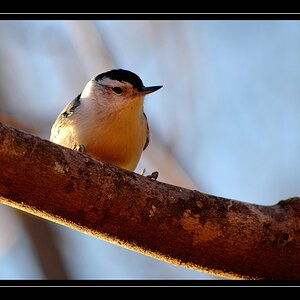
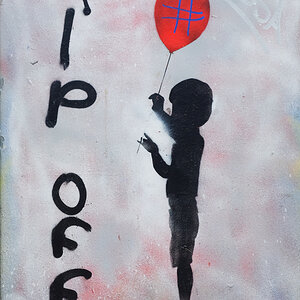
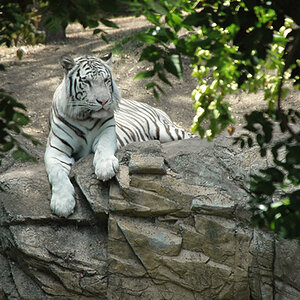
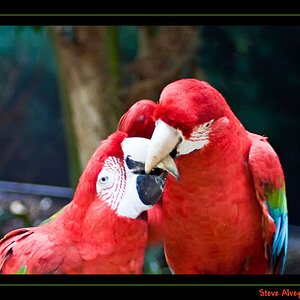
![[No title]](/data/xfmg/thumbnail/30/30885-2764c7a15a288ed06f3903d3a2756832.jpg?1619734497)
![[No title]](/data/xfmg/thumbnail/30/30883-04222f7ae234efdf80dff6f96ddad16f.jpg?1619734495)
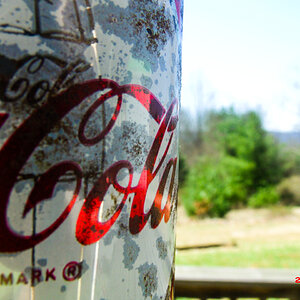
![[No title]](/data/xfmg/thumbnail/30/30881-c36788e79b12973b7bf57c94b46961e9.jpg?1619734495)
